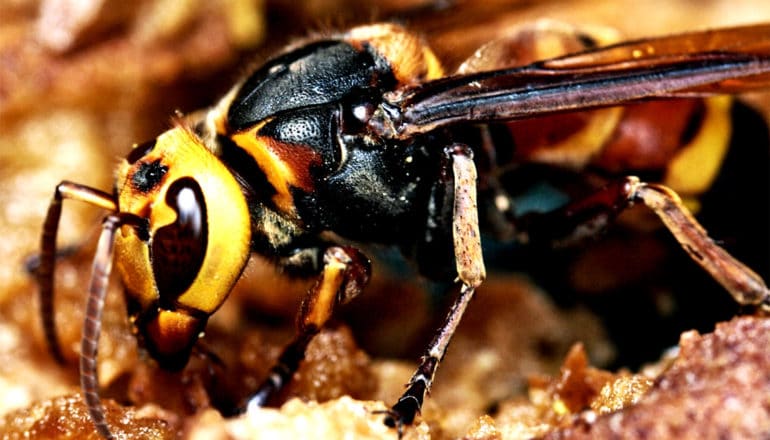
Just when you thought 2020 couldn’t get any worse, news came over the weekend that the Asian giant hornet—nicknamed the “murder hornet”—had made its way to the United States.
A behemoth of a bug with an equally big sting, the hornet’s appearance in select parts of Washington state has Twitter in a frenzy.
Wendy Moore is an associate professor of entomology in the University of Arizona’s College of Agriculture and Life Sciences and curator of its Insect Collection, which houses about 2 million insect specimens representing approximately 35,000 species. Moore is a founding member of the Tucson Bee Collaborative, which aims to facilitate future research on native bees.
Katy Prudic is an assistant professor in the School of Natural Resources and the Environment, who studies wild pollinators, with a focus on butterflies. Prudic is also co-director of eButterfly, an online citizen science platform that harnesses the observations of thousands of butterfly enthusiasts across the globe to understand how and when butterflies and other pollinators react to environmental changes.
Here, the two help separate the fact from fiction on the buzz surrounding the hornet’s arrival, break down the bug’s bad reputation, and outline the risks to honey bees and humans:
The post How the ‘murder hornet’ threatens honey bees appeared first on Futurity.
from Futurity https://ift.tt/2SMY405
No comments:
Post a Comment